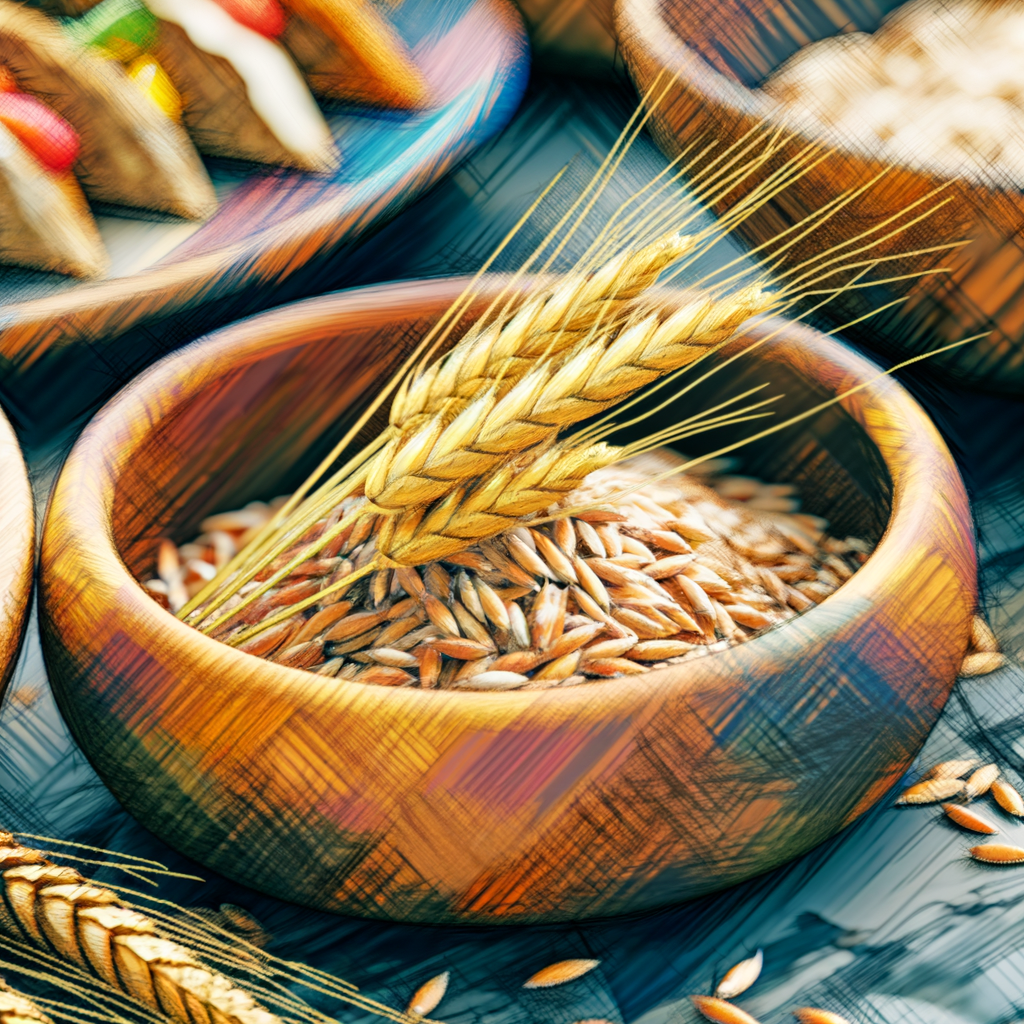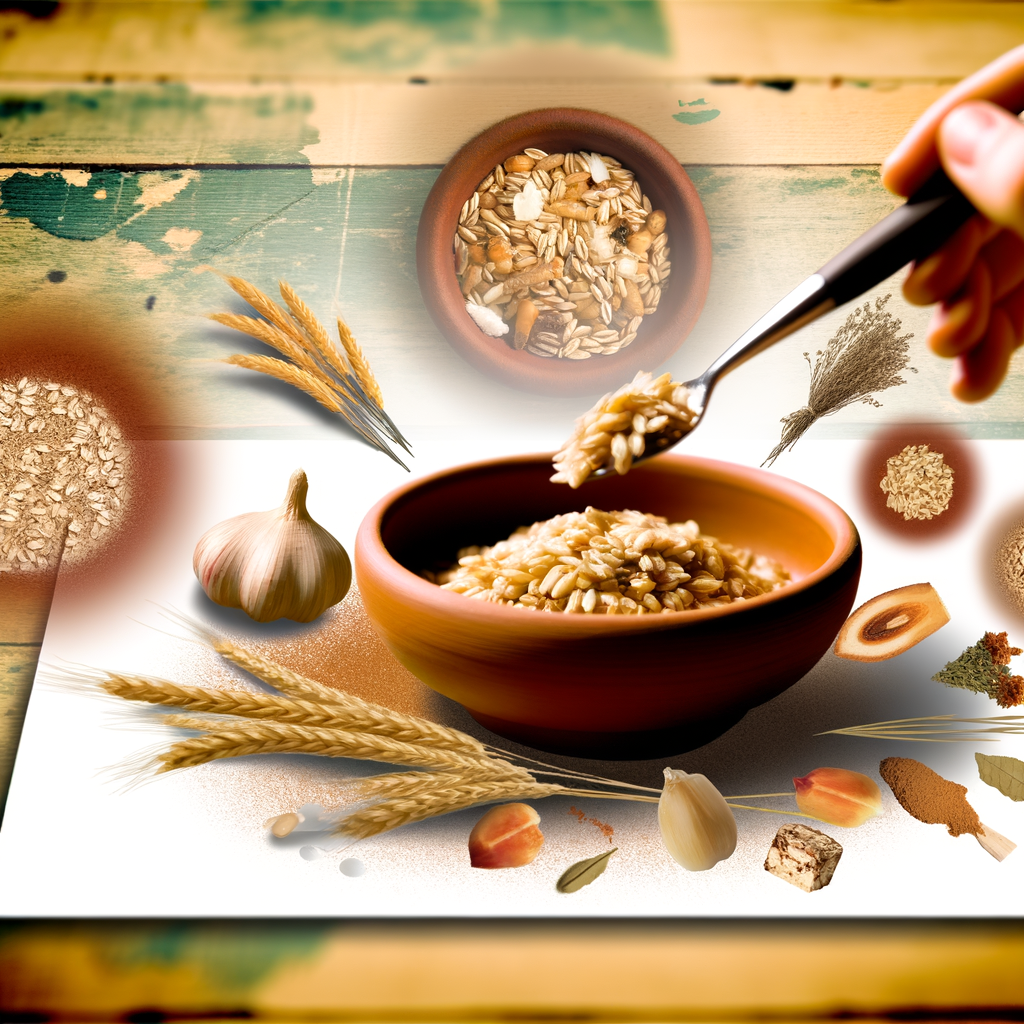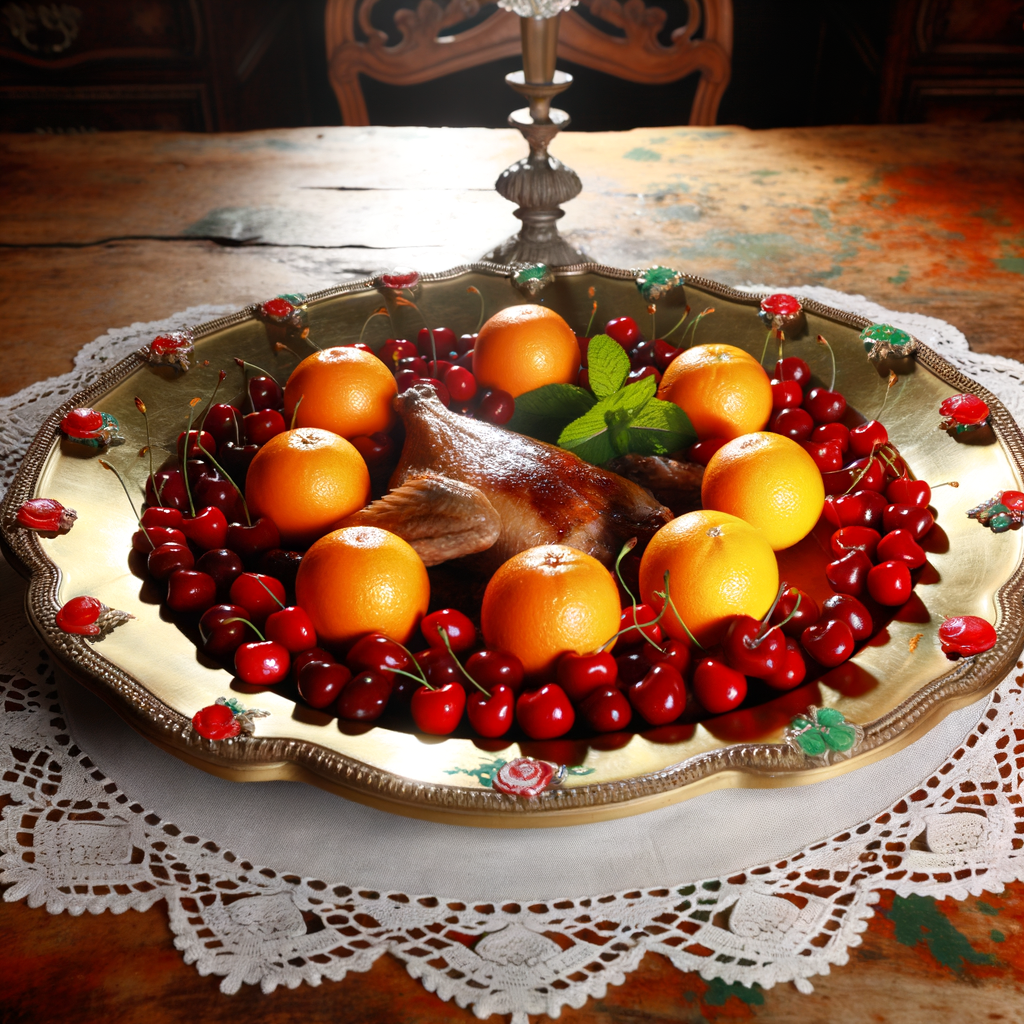Grains are an essential part of European cuisine, offering a variety of flavors and textures to tantalize the taste buds. From the hearty and filling dishes of Northern Europe to the lighter and more refined dishes of the Mediterranean, grains play a crucial role in creating the diverse and delicious cuisine of this continent. Let’s take a closer look at some of the grains that are commonly used in European cooking.
Barley is a staple grain in many European countries, particularly in the colder regions. It is often used in soups and stews, adding a nutty and slightly sweet flavor. Another popular grain is oats, which are commonly eaten for breakfast in the form of porridge or muesli. Oats are also used in baking, from hearty breads to delicate cookies.
Moving south, we find that wheat is a key ingredient in many Mediterranean dishes. From pasta and bread to couscous and bulgur, wheat is a versatile and essential grain. It is also a key ingredient in beer, a popular drink in many European countries. And let’s not forget about rice, which is a staple in many Eastern European dishes, such as risotto and pilaf.
In addition to these more commonly known grains, Europe also boasts a variety of lesser known grains that are gaining popularity. These include quinoa, amaranth, and millet, which are all gluten-free and offer unique flavors and textures. These grains are often used in salads and side dishes, adding a healthy and nutritious element to the meal.
So next time you’re enjoying a delicious European dish, take a moment to appreciate the diverse and delicious grains that are making it so tasty. With so many different grains to choose from, there’s always something new and exciting to discover in European cuisine.





